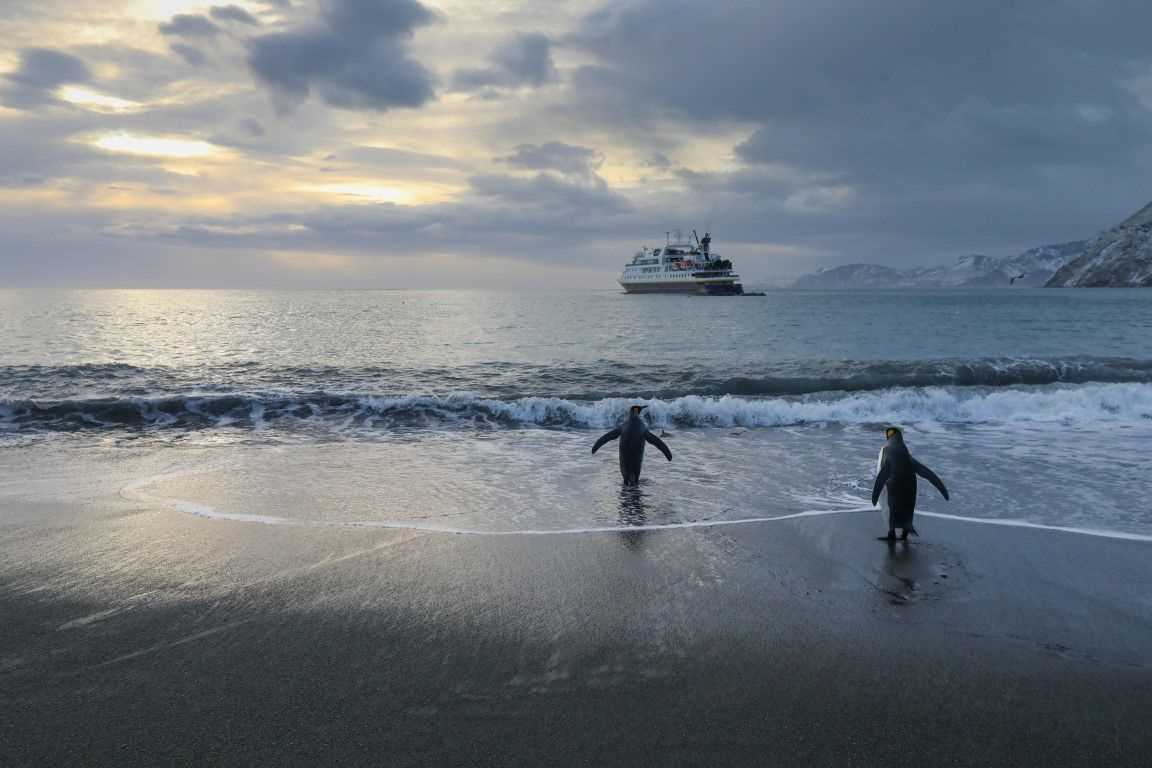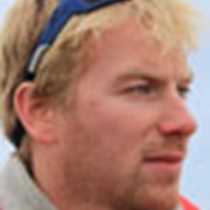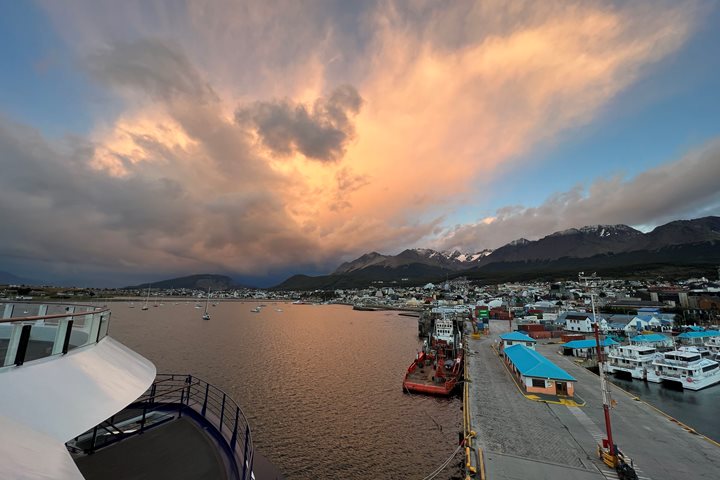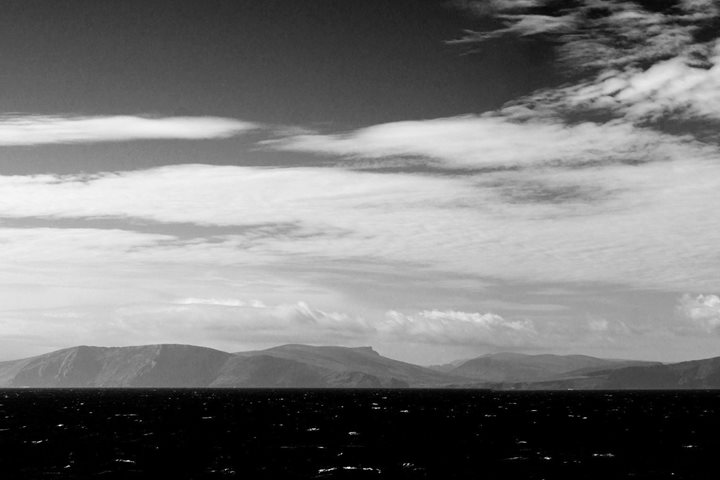Sometimes, even on vacation, it’s worth putting in a little extra effort to make the most of a day. Which is why most of us were up at 3:15 a.m. Gold Harbour, so named because of the light entering the bay, is a famously beautiful spot made even more stunning by getting there at the right light conditions. So, Shaun decided to really treat us to an early morning wake up so we could get dropped off at the beach to explore. Almost as soon as we landed on the beach we were “attacked” by swarms of weaners (elephant seal pups) who have now been abandoned by their mothers and are looking for anyone willing to feed them. After we cleared the area from the weaners, we were met by marching armies of king penguins, large adult elephant seals laying together belching, farting and sneezing while molting their old layer of skin and then the occasional fur seal just to keep us on our toes. As we got further along the beach we reached the outer edge of the vast king penguin colony – around 40,000 breeding pairs on this one beach. A truly spectacular landing, with wildlife, snow covered mountains, glaciers and calm weather.
- Daily Expedition Reports
- 09 Dec 2017
Gold Harbour, Cooper bay and Drygalski Fjord, South Georgia, 12/9/2017, National Geographic Orion
- Aboard the National Geographic Orion
- Antarctica
Peter Webster, Naturalist/Expedition Diver
Born in Scotland, Peter became fascinated with nature and wildlife from a very young age. This early interest led to him earning a degree in conservation biology followed shortly after by an M.Sc in marine and fisheries ecology. He is currently study...
Read MoreShare Report
Antarctica, South Georgia and the Falklands
VIEW ITINERARYRelated Reports
3/13/2022
Read
National Geographic Explorer
Tierra del Fuego
Until now, we have skirted the mercurial weather of the South Atlantic. Though the sun has been rare, we have been lucky with calm seas and easy access to some of the most exciting landing sights South Georgia and the Falklands have to offer. Today, as our trip nears its end, we had the opportunity to experience a small taste of the conditions that make this such a notorious region for seafarers and explorers. With sustained winds of up to 50 knots wrapping around Cape Horn, the ocean quickly began to churn. Our captain and bridge team found us shelter in the Beagle Channel where we spent the day appreciating the power of the ocean and the biodiversity of Tierra del Fuego. While onboard in the comfort of our new ship/home, National Geographic photographer Camille Seaman shared a collection of photographs she took throughout the last two weeks. Naturalists Madalena Pachaco and Bud Lenhausen shared stories of exploration and changing climates. Photo caption: The chart shows our way to protection from the storm in the Beagle Channel. Photo by Alex Krowiak
3/12/2022
Read
National Geographic Resolution
Le Maire Strait and Beagle Channel
We continued sailing from the Falkland Islands to Ushuaia, crossing the Le Maire Strait and entering the Beagle Channel. On our way, we enjoyed spectacular landscapes as seabirds followed us.







